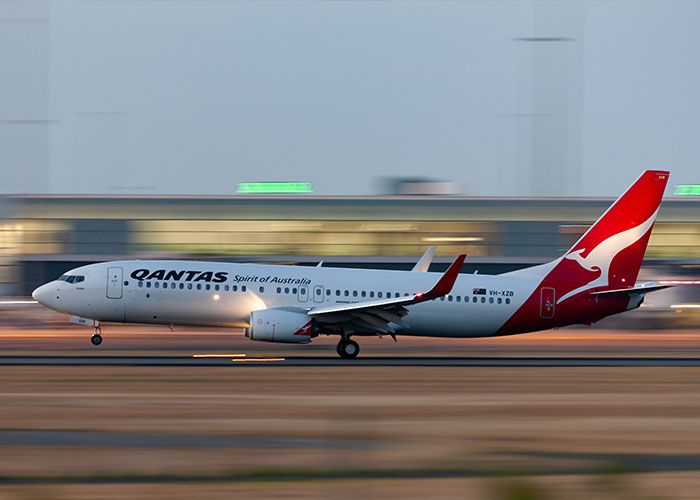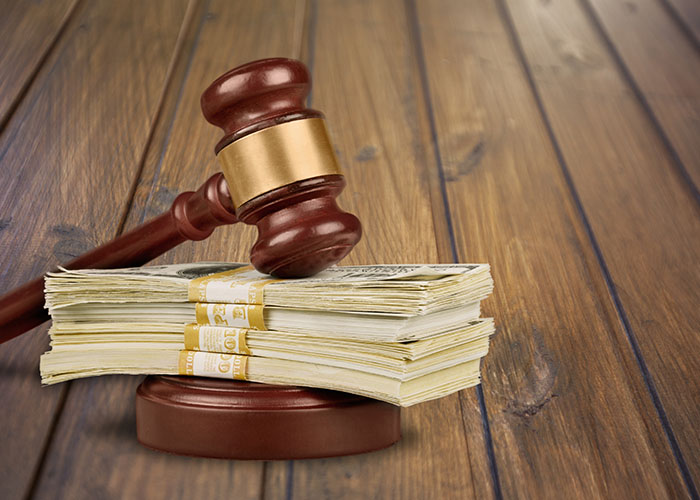Regulations have commenced that will continue the tax exemption on earnings of a Self-Managed Superannuation Fund (SMSF) where a pensioner has died.
Previously, under TR 2011/D3, the ATO indicated a pension ceased on a member’s death (and therefore the entitlement to exempt current pension income ceased) unless it automatically reverted to another person or particular binding death benefit nominations were in place (see our previous alert ‘ATO view on pensions – what you must know’).
The amended definition introduced by the Income Tax Amendment (Superannuation Measures) No. 1 Regulation 2013 applies to the 2012/13 income year and later income years to continue the tax exemption from the death of a person receiving a non-reversionary pension until it is as soon as practicable to pay the benefit where:
- either:
- the death benefit is a lump sum paid after the deceased’s death using only the amount from the relevant superannuation interest; or
- a new pension is commenced using the amount applied from the relevant superannuation interest after the deceased’s death; and
- immediately before the deceased’s death the superannuation interest was supporting a pension that was payable to the deceased.
This means the earning of the fund on the assets supporting the former pension can remain exempt from tax.
However, there are some traps. If insurance proceeds or an anti-detriment amount are added to the pension after the deceased’s death but before the death benefit is paid, the earnings on those added amounts are not exempt from tax as exempt current pension income. This means not all the income of the SMSF will be tax free, which could have a major impact if capital gains are triggered in realising assets to pay benefits.
For example, if the deceased dies while receiving a pension with an account balance of $100,000 (which is not reversionary) and, the fund receives $400,000 in insurance proceeds, giving rise to a death benefit of $500,000, income on the $100,000 is tax free but income on the other $400,000 is not tax free.
This means for income earned on the insurance proceeds to be tax free, the pension must be reversionary (and the trust deed must allow the proceeds to be credited to the pension account).
Additionally, ‘as soon as practicable’ is not defined, so it is important that the death benefit is paid promptly following the deceased’s death (see the explanatory memorandum for examples of ‘as soon as practicable’).
Finally, these rules do not apply and are not needed if the pension is reversionary, as the same pension continues and the entitlement to exempt pension income continues on the balance supporting the pension.
If you would like any further information please contact a member of our superannuation team.





